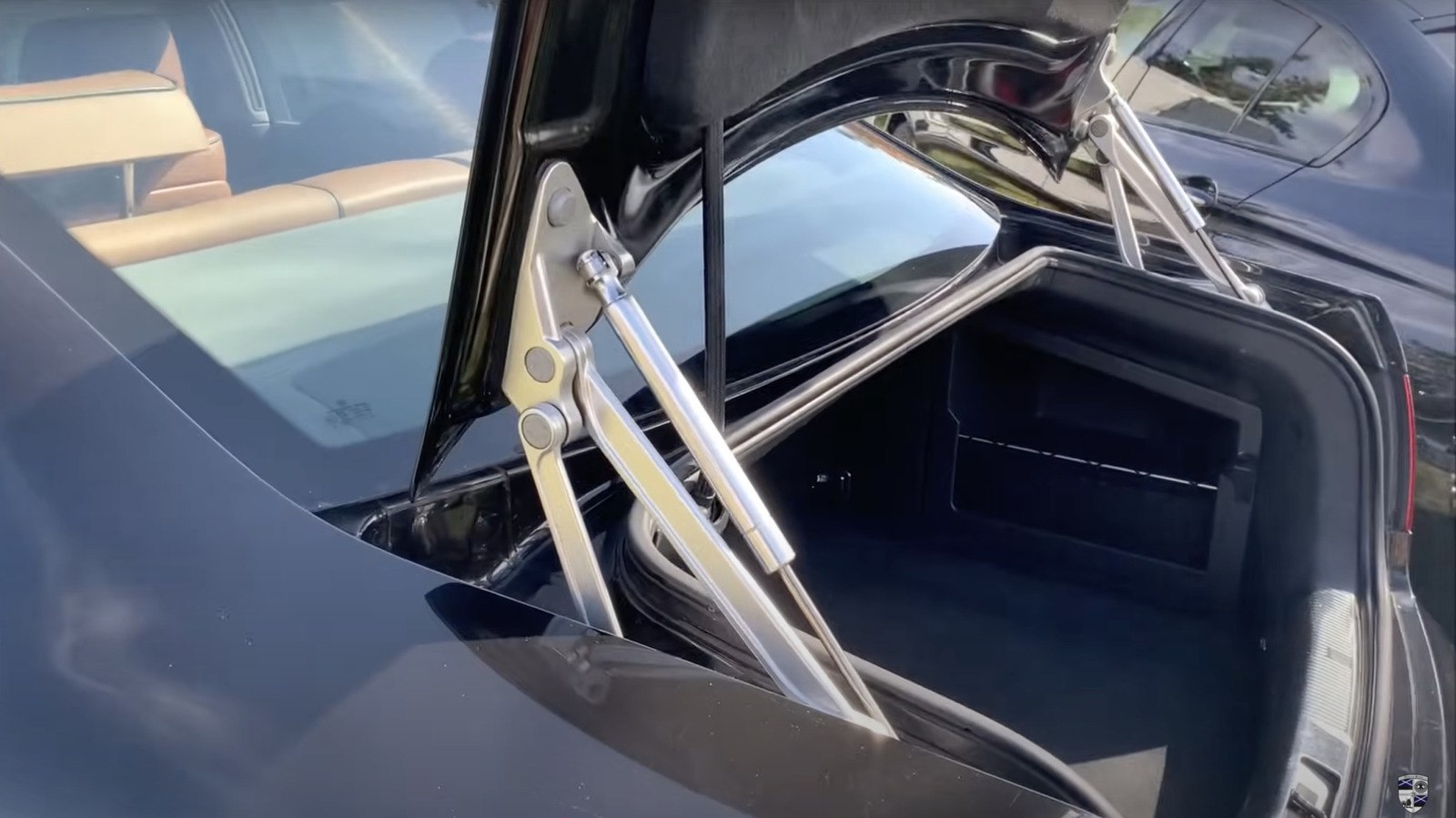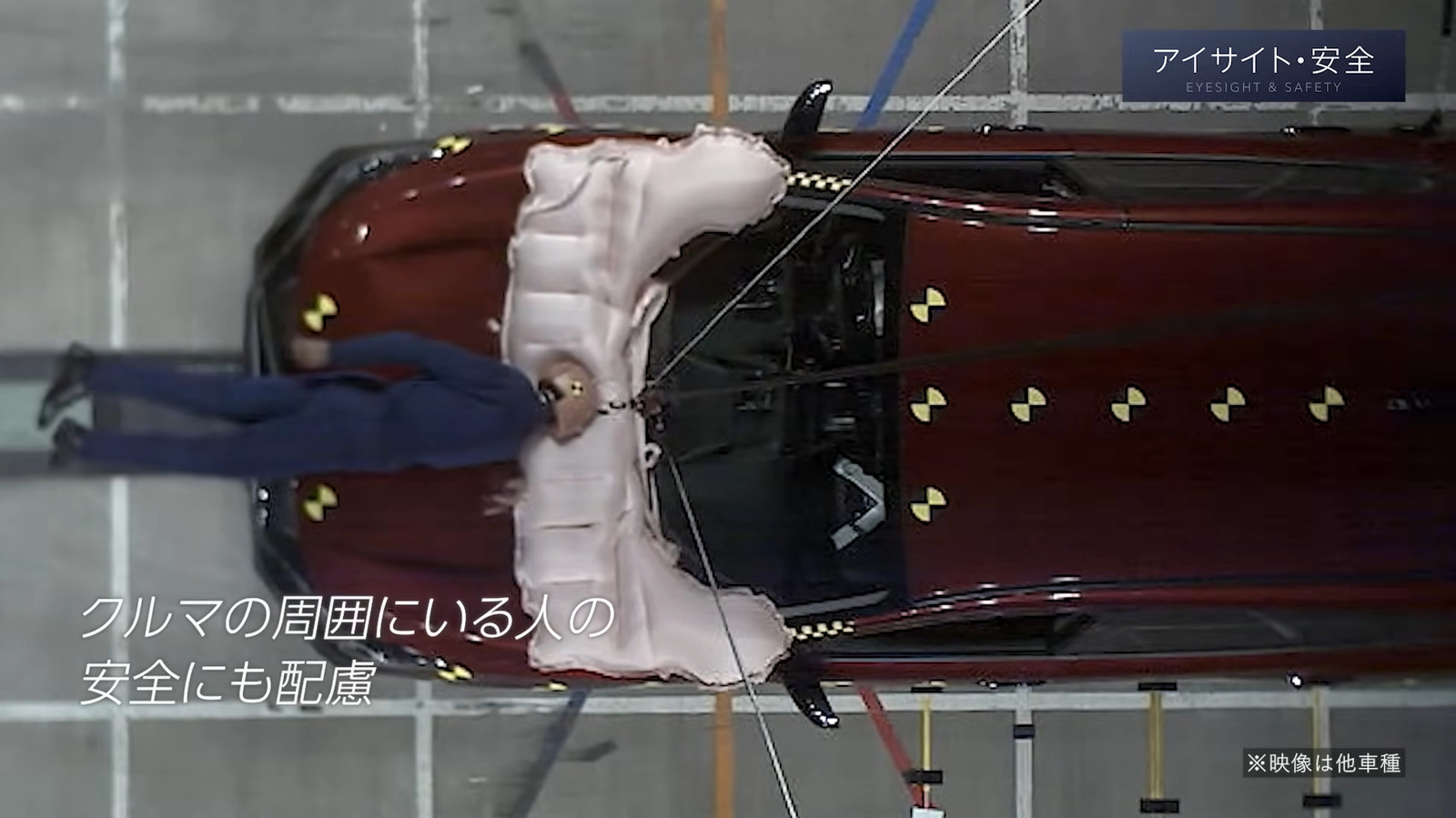A Solvatochromic and Photosensitized Lipid Droplet Probe Detects Local Polarity Heterogeneity and Labels Interacting Proteins in Human Liver Disease Tissue
Advanced Healthcare Materials, EarlyView.

Solvatochromic and photosensitized probe to detect local polarity and label interacting proteins in liver tissue.
Abstract
The intricate morphology, physicochemical properties, and interacting proteins of lipid droplets (LDs) are associated with cell metabolism and related diseases. To uncover these layers of information, a solvatochromic and photosensitized LDs-targeted probe based on the furan-based D-D-π-A scaffold is developed to offer the following integrated functions. First, the turn-on fluorescence of the probe upon selectively binding to LDs allows for direct visualization of their location and morphology. Second, its solvatochromic fluorescence with linear correlation to polarity quantifies micro-environmental heterogeneity among LDs. Third, the unique photosensitized properties enable photocatalytic proximity labeling and enrichment of LDs-interacting proteins, ready for potential downstream proteomic analysis. These functions are exemplified using artificial LDs in buffer, stressed liver cell line, and diseased liver tissues biopsied from patients. While most LD sensors only offer fluorescence imaging functions, the multi-functional LD probe reported herein integrates both singlet fluorescence and triplet photosensitization properties for LDs studies.








































































































































































